Where to start?
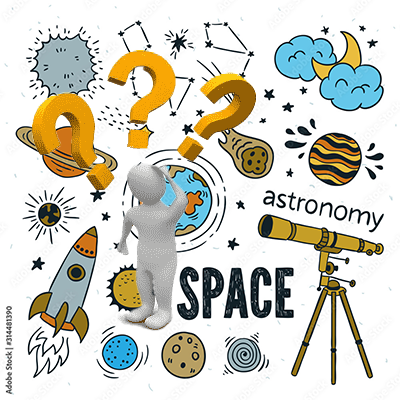
Join an amateur astronomy club.
It is always easier to be assisted by someone who has knowledge about telescopes. Most clubs organize regular meetings and events or outings that allow viewing through telescopes of all kinds. This is definitely the best way to understand what can be seen in the different types of telescope before making a purchase.
Amateur astronomers are always very happy to share their passion with a new amateur. There are dozens of amateur astronomy clubs in Quebec (mostly French-language), 28 of which are affiliated with the Fédération des Astronomes Amateurs du Québec (FAAQ): List of astronomy clubs affiliated with the FAAQ
There is an English-language astronomy club in Montreal that is affiliated with the Royal Astronomical Society of Canada: RASC Montreal Centre. And here is a complete list of all amateur astronomy clubs in Canada.
Books and magazines.
There is a vast array of publications on the market that promise to reveal the secrets of the universe. I recommend that you select titles that focus on the practical side of astronomy, namely backyard astronomy, sky gazing, binocular observing and such. My personal favorite is Terence Dickson’s newest edition of the Backyard Astronomer’s Guide. Subscribing to a magazine is also a great idea, either in their electronic or print edition. Sky & Telescope is the reference in North America followed by Sky News Canada. Both will enable you to be alerted of upcoming celestial events and how to observe them.
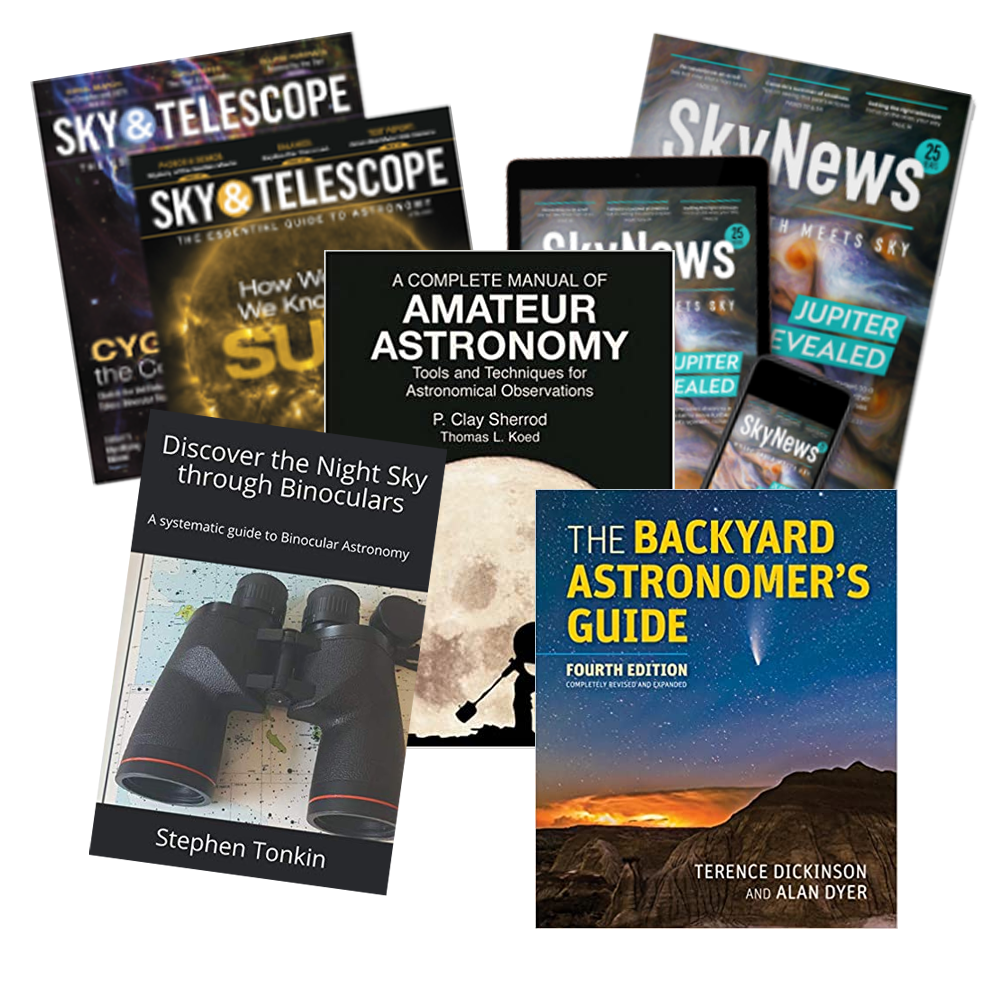
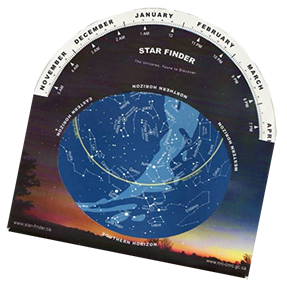
Purchase a Star Finder
For a modest investment of $15 to $30, you can purchase a carboard and plastic star finder that will be useful for a lifetime. It will enable you to quickly evaluate which part of the sky will be visible at a given date and time. It enables beginners to grasp how the earth’s daily rotation and its annual trip on its orbit around the sun affects the part of the sky that is visible. I find this little tool to be a must!
Software and apps
The most useful apps and software in astronomy are of the Planetarium type. They simulate the appearance of the sky, planets, stars and all other celestial bodies according to the date, time and location selected, in the past as well in the future. They are very precise for both novices and the most advanced and provide us with a wealth of data in real time on tens of thousands of stars, asteroids, comets, planets, galaxies, nebulae, etc.
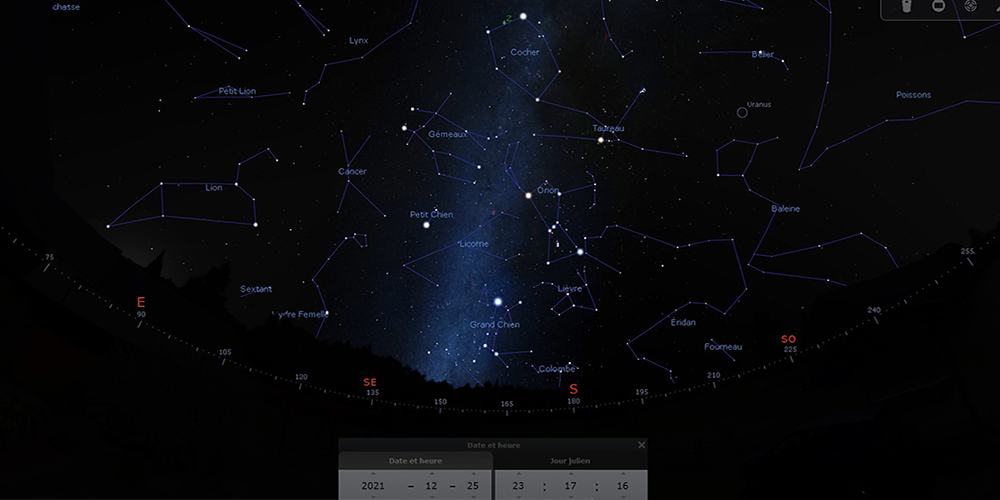
Stellarium
The best planetarium software available in a large selection of languages in Windows, Mac OS X, and Linux. Furthermore, it is free!
Get it here: Stellarium
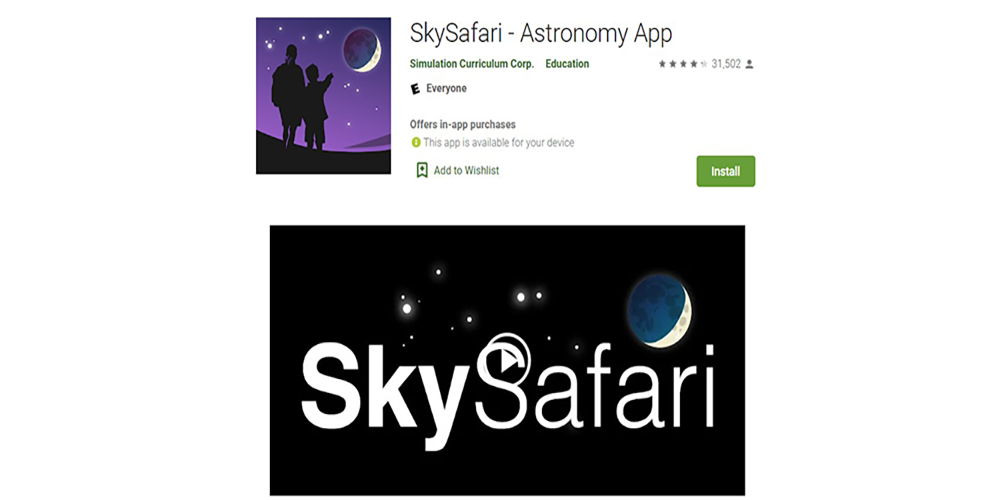
Sky Safari
The best planetarium-type app. Available in Android on GooglePlay and iOS on the iStore. Different prices depending on amount of data selected. The free vesion is more than enough to get you started.

